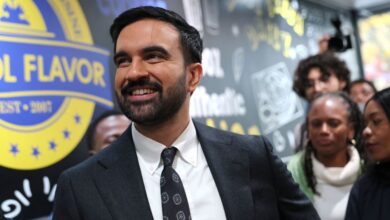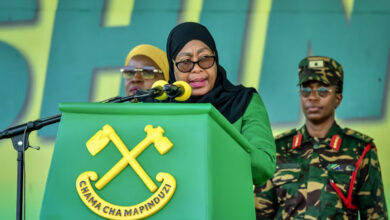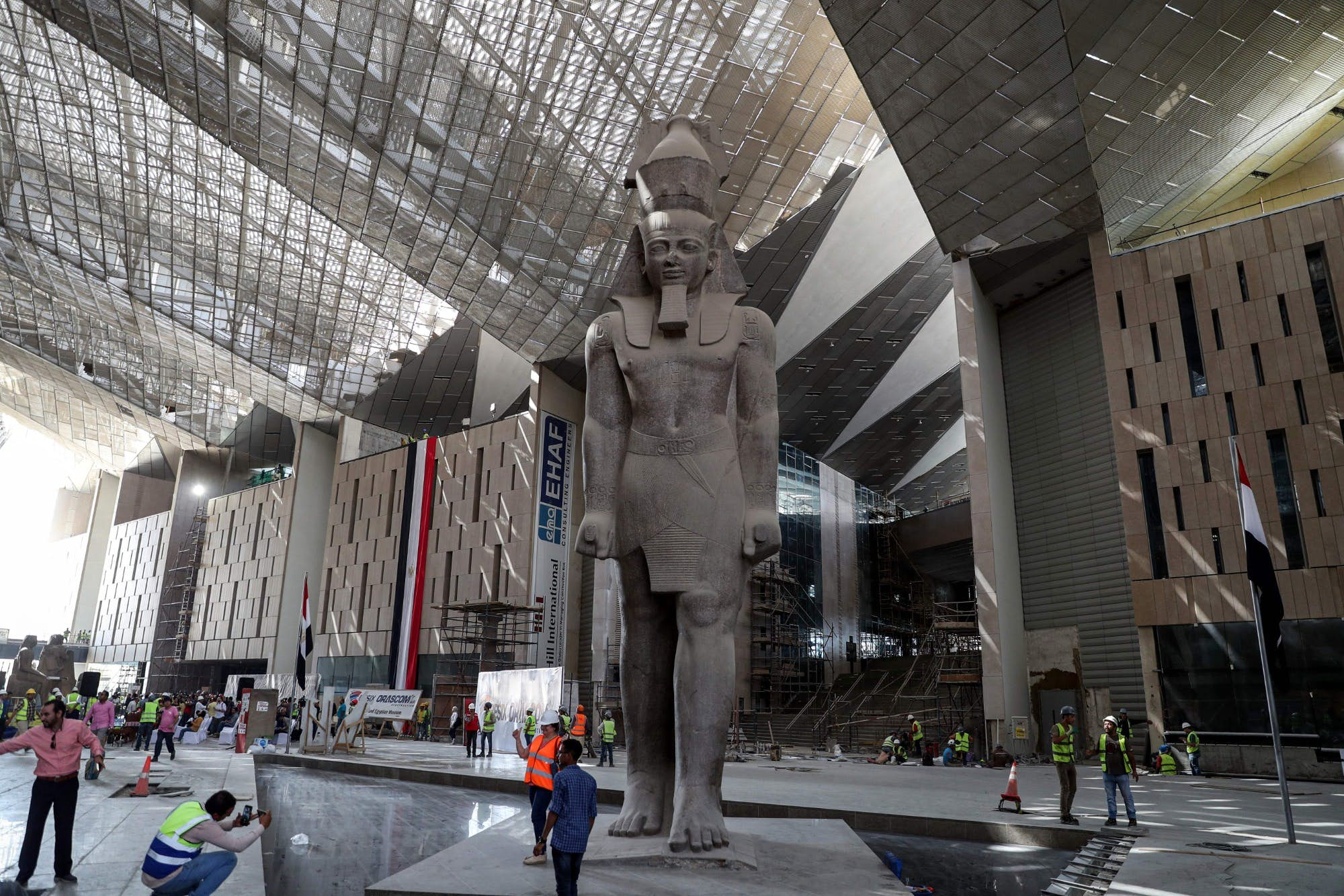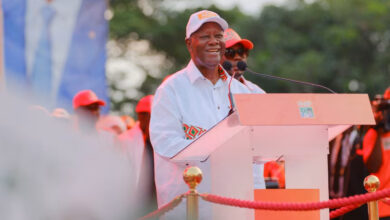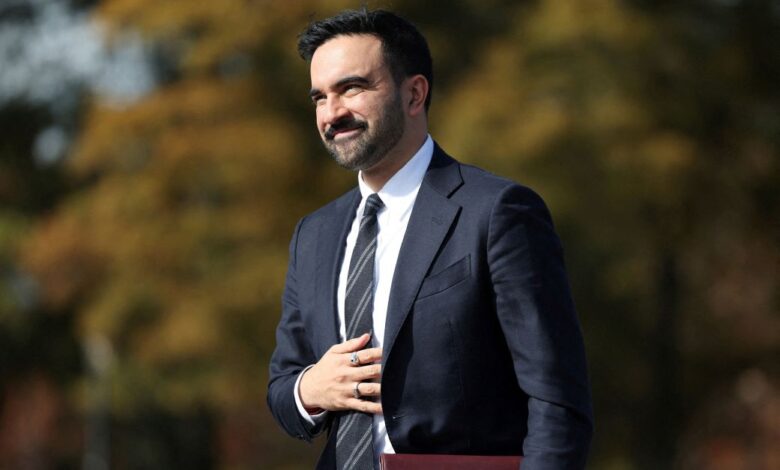
Any election worldwide must meet a certain set of criteria to be considered successful.
These fundamentally include integrity, respect for the will of the voters, and ensuring fair competition among candidates.
In reality, there are elections—whether in established democratic systems or in systems attempting to build democracy—that possess all conditions of integrity and state institutional neutrality, yet are still seen as unsuccessful.
This occurs due to two reasons. First, they result in the same old faces. Second, if new faces are elected after promising to change the political and social situation for the better, but then fail to deliver and play the same old tune in a different style, this frustrates voters and increases the rates of electoral apathy and non-participation.
Democratic Europe historically knew the Left-Right duality that fostered electoral competition, “benign” political polarization, and the peaceful rotation of power, serving as an inspiration to many voters.
Over time, this duality receded and adopted a new form, necessitating new factors to sustain it.
This shift is evident in the fact that the Left no longer confines itself to its purely social-democratic program but has added issues such as immigration, migrants, citizenship and racial equality.
The model of the “La France Insoumise” (France Unbowed) party (the far-Left) now embodies the new definition of the Left.
The Socialist Party representing the traditional center-Left, meanwhile, is more cautious in dealing with immigration issues and focuses more on the traditional social meaning of the Left.
In opposition to this Left stands the Far-Right, which has based its political project not only on confronting irregular immigration but also, implicitly or explicitly, on discriminating among citizens based on their ethnic and religious origins.
The reality is that France and Europe have become familiar with this pattern of political polarization and competing programs, which clash in free, competitive elections.
The conflict between the far-Left and the far-Right has become a defining characteristic of many European elections, driving voters to mobilize and participate.
The recent election of Zohran Mamdani as the Mayor of New York—whose policies represent a departure from prevailing trends, especially those of President Trump—serves as an example of polarization that successfully mobilizes voters.
It demonstrates an electoral process that is not only clean and democratic but also successful because it features competition and respects the will of the voters, even if the results are contrary to the desires of the incumbent President.
It is true that current elections in several European and Western countries are witnessing the most extreme versions of every political orientation, whether Left or Right.
This leads many to discuss the risks that the current polarization between the far-Right and the far-Left poses to the democratic system.
However, these elections are still managed democratically, and the rules, laws, and the process of the peaceful rotation of power are respected.
The substance of political programs and visions, and the names of parties, change over time.
New issues that previously lacked priority now interest voters, and these issues compete within a framework of the rule of law and professional, neutral institutions. When this occurs, we encounter successful elections, not just clean ones.
The discussion then returns once again to our own elections.

